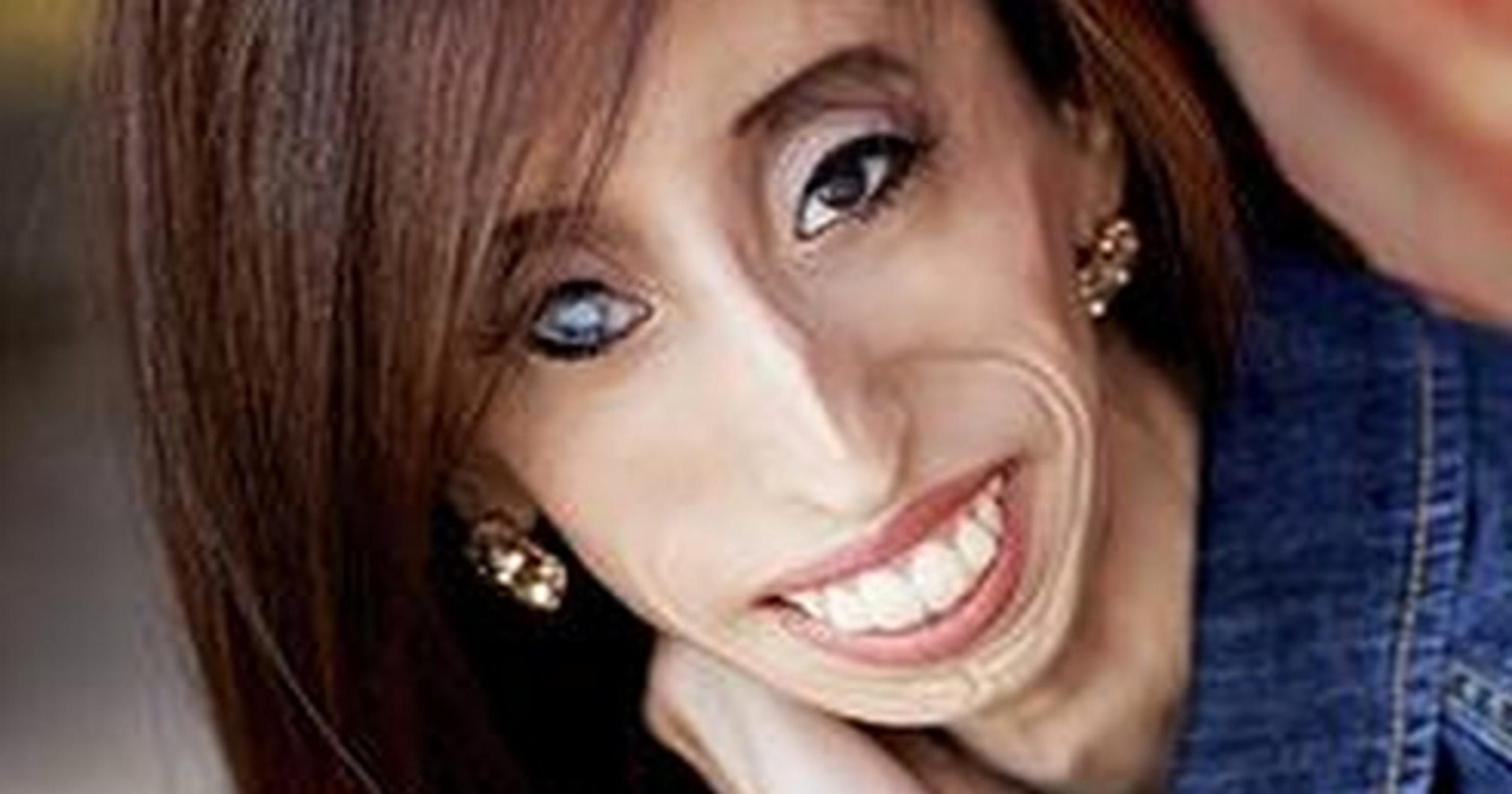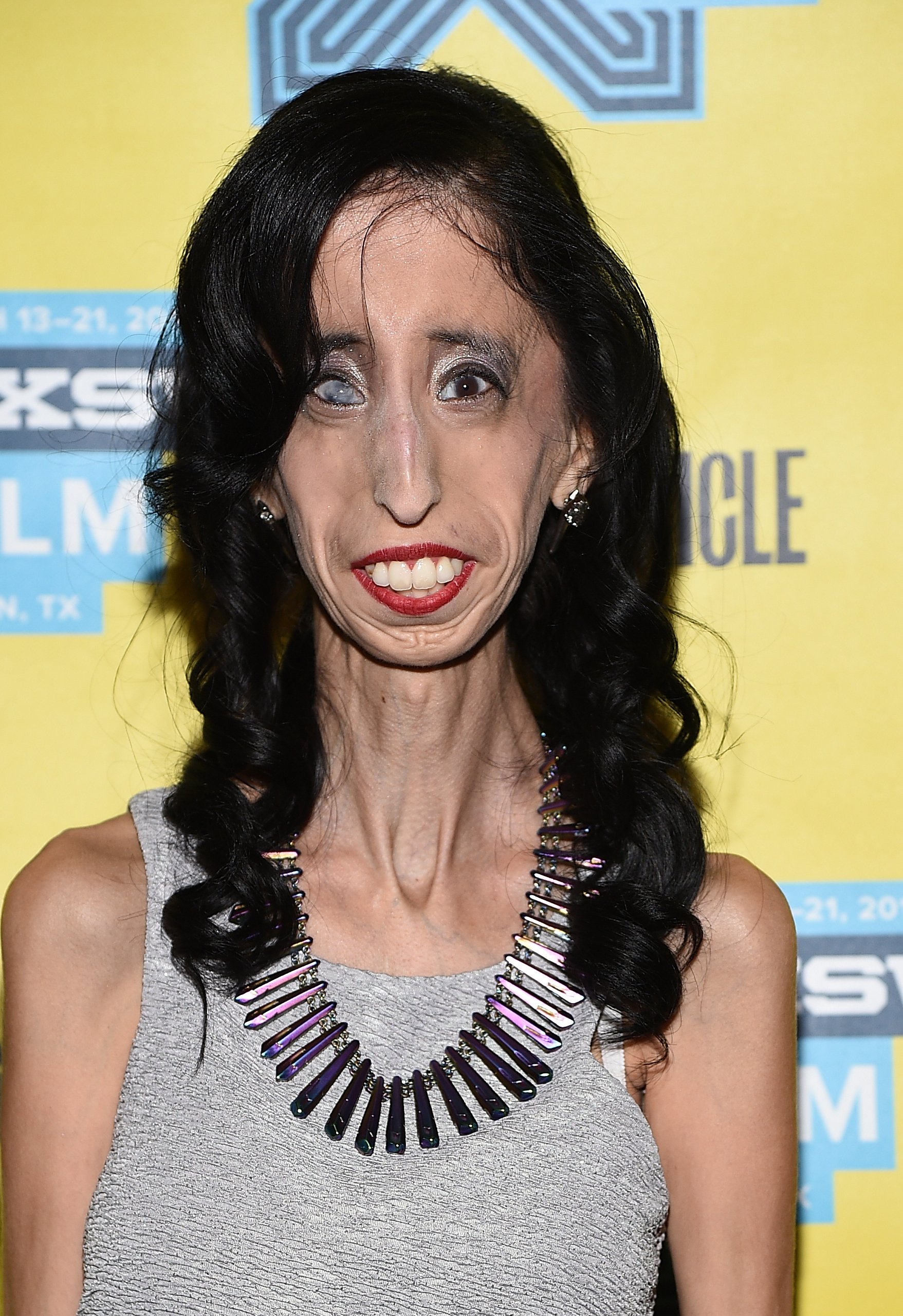The **Ugliest Person In The World**: Unpacking A Challenging Idea In Today's Society
Have you ever stopped to think about what it truly means to call someone the ugliest person in the world? It's a phrase that, in some respects, brings up a lot of questions about how we see things and what we value. Our ideas about beauty, you know, are deeply personal and often change quite a bit from one person to the next, and also across different cultures and times. So, when we hear such a strong statement, it really makes you wonder about the bigger picture of human appearance and how we judge it.
This idea of someone being "the ugliest" is something that has, apparently, existed in various forms throughout history, yet it's also something that many people now find quite troubling. What one person considers unappealing, another might find interesting or even beautiful, which is that fascinating part of human experience. It’s almost as if the very idea challenges us to look beyond just what's on the surface and consider what truly matters when we think about people.
Today, as a matter of fact, our conversations around appearance are shifting. There's a much greater focus on accepting everyone just as they are, celebrating what makes each of us distinct, and moving past narrow definitions of what's considered good-looking. This shift helps us understand why labeling anyone as the "ugliest person in the world" feels so out of place in our current way of thinking, and why it's something we really need to think about more deeply.
Table of Contents
- Understanding the Concept of "Ugliest Person": A Deconstruction
- Historical Perspectives on Perceived Ugliness
- The Subjectivity of Beauty and Appearance
- Societal Impact of Appearance Labels
- Challenging the Narrative: Promoting Inclusivity
- Frequently Asked Questions About Appearance and Perception
- Rethinking Our Views on Appearance
Understanding the Concept of "Ugliest Person": A Deconstruction
When we talk about the "ugliest person in the world," it’s important to understand the very nature of the word "ugliest" itself. My text, for instance, shows how this word is used in a descriptive way, often to highlight something considered unpleasant or undesirable. It mentions examples like the "ugliest hippopotamus" or even "ugliest messages," which basically shows it’s a comparative term, meant to suggest the very extreme end of what is not appealing.
The word "ugliest" comes from a place of comparison, suggesting something is the least attractive among many, or perhaps the most unpleasant. This linguistic foundation, you know, helps us see that it's a judgment, a ranking even, based on certain criteria. However, when we apply such a label to a person, it becomes much more complex, and honestly, a bit problematic. People are not hippos or messages, so their worth and appearance are not simple things to judge.
It’s worth noting that the idea of a single "ugliest person in the world" isn't a recognized title or a factual category. Instead, it’s a notion that tends to arise from curiosity, sometimes from unkindness, and often from a misunderstanding of how human appearance works. There is no official record or universal agreement on such a designation, and that’s a good thing, really, when you think about it.
Deconstructing the Idea
This table helps us think about the concept of "ugliest person" in a different way, moving past just the surface idea. It helps us see that there's more to it than a simple judgment, and that’s important.
| Aspect | Description |
| Definition of "Ugliness" | Not a fixed, universal standard, but rather a subjective perception. It's often shaped by cultural norms, personal experiences, and even historical periods. What one group finds unappealing, another might not. |
| Subjectivity of Appearance | Beauty and attractiveness are deeply personal judgments. There is no single, objective measure for what makes a person "ugly" or "beautiful." Everyone has different tastes, you know. |
| Historical Context | Throughout history, some individuals were unfortunately labeled or put on display due to unusual physical characteristics. These instances often reflect societal biases and a lack of understanding at the time. |
| Ethical Considerations | Labeling someone as the "ugliest" raises significant ethical concerns about respect, dignity, and the potential for harm. It goes against modern values of inclusivity and acceptance, as a matter of fact. |
| Modern Perspective | Today, the focus is much more on celebrating diversity in appearance and challenging harmful stereotypes. The idea of an "ugliest person" is widely seen as outdated and insensitive. |
Historical Perspectives on Perceived Ugliness
Looking back through time, we can find instances where people with very distinct physical traits were, you know, unfortunately singled out. In some historical periods, individuals with unusual appearances were sometimes treated as curiosities, even displayed in shows. This was a rather sad part of history, reflecting different societal norms and understandings of human variation.
For example, the concept of "freak shows" was once a common thing, where people with conditions that affected their appearance were put on display for public viewing. These situations, in a way, contributed to the idea that some appearances were "ugly" or abnormal, reinforcing harmful stereotypes. It’s a stark reminder of how much our society has, thankfully, changed its views on human dignity.
These historical practices, you see, were not about recognizing a "ugliest person" in a universal sense, but rather about exploiting differences for entertainment or profit. They highlight a past where understanding of human diversity was very limited, and compassion was, arguably, not always at the forefront. It’s a good thing we’ve moved past those days, or so it seems.
The Subjectivity of Beauty and Appearance
The truth is, what one person finds appealing, another might not. This is because beauty, and by extension, what is considered "ugly," is deeply subjective. Our personal experiences, the culture we grow up in, and even the media we consume all shape our individual ideas of what looks good. So, you know, there’s no universal rule book for it.
Different cultures have, and still do, have very different ideas about what makes someone attractive. What might be seen as a sign of beauty in one part of the world could be seen differently elsewhere. This variation, basically, shows that there isn't a single, fixed standard that applies to everyone, everywhere. It's quite fascinating, really, how varied these ideas can be.
Even within the same culture, what's considered "in" or appealing can change over time. Fashion trends, body types, and even facial features that are celebrated shift from one decade to the next. This constant change, you know, further proves that appearance is not a static thing, and judgments about it are often temporary and tied to specific moments.
Societal Impact of Appearance Labels
Labeling someone as the "ugliest person in the world" can have, as a matter of fact, a truly devastating impact on an individual. Such labels can lead to feelings of shame, isolation, and deep emotional pain. They can affect a person's self-worth and how they interact with the world around them, making life much harder than it needs to be.
Beyond the individual, these kinds of labels also reinforce harmful societal norms. They suggest that there's a hierarchy of appearance, where some people are inherently "better" or "worse" based on how they look. This way of thinking, you know, can lead to discrimination and prejudice against anyone who doesn't fit into narrow beauty standards.
Promoting the idea of an "ugliest person" also distracts us from what truly matters in people: their character, their kindness, their talents, and their contributions to the world. Focusing on outward appearance in such an extreme way can make us miss the rich inner qualities that make each person unique and valuable, and that’s a bit sad, really.
Challenging the Narrative: Promoting Inclusivity
It’s really important for us to challenge the very idea of an "ugliest person in the world." We can do this by recognizing that beauty is diverse and comes in countless forms. Every person has something unique and valuable about them, and that’s something we should celebrate, you know.
One way to help is by promoting positive self-image and body acceptance. This means encouraging people to feel good about their own bodies and appearances, regardless of what societal norms might suggest. It’s about building confidence from within, which is pretty powerful, if you think about it.
We can also work to change the way media portrays people, pushing for more diverse and realistic representations of human appearance. When we see a wider range of body types, skin tones, and facial features in the media, it helps us all to understand that beauty is broad and inclusive, and that’s a good thing. Learn more about diverse representations on our site.
Supporting organizations and movements that advocate for body positivity and appearance diversity is another great step. These groups, you know, often do amazing work to shift public perception and create a more accepting world for everyone. It’s a way to make a real difference, basically.
Ultimately, our goal should be to foster a society where everyone feels valued and respected, regardless of how they look. This means moving past outdated ideas of what’s considered "ugly" and embracing the richness of human variation. It’s a journey, but it’s one worth taking, don't you think? You can also link to this page about body image for more information.
Frequently Asked Questions About Appearance and Perception
Is there an official title for the ugliest person in the world?
No, there is no official title or recognized designation for the "ugliest person in the world." Such a concept is, you know, subjective and would be highly inappropriate to establish. Our understanding of human dignity and respect means we don't label people in such a way.
How do different cultures define beauty?
Different cultures define beauty in incredibly varied ways, honestly. What one culture might find attractive, another might not, simply because cultural norms, historical contexts, and even environmental factors shape these perceptions. There's no single standard, which is quite interesting, really.
What are the psychological effects of being labeled "ugly"?
Being labeled "ugly" can have very serious psychological effects, including low self-esteem, anxiety, and depression. It can also lead to social withdrawal and a negative body image. These labels, you know, can cause lasting emotional pain and affect a person's overall well-being.
Rethinking Our Views on Appearance
The idea of an "ugliest person in the world" is, in many ways, a relic of a past era, one where judgments about appearance were often harsh and unforgiving. Today, on October 26, 2023, we are, thankfully, moving towards a much more understanding and accepting view of human diversity. We’re learning that true value comes from within, not from how someone looks.
Our understanding of the word "ugliest," as seen in My text, points to its use as a comparative term for something undesirable. Yet, applying this to a human being, as a matter of fact, diminishes their inherent worth and overlooks the vast, beautiful spectrum of human appearance. It’s time to retire such labels and embrace a broader, more compassionate view.
Let’s remember that every person carries their own unique story, their own strengths, and their own form of beauty. By shifting our focus from superficial judgments to genuine acceptance, we can build a world where everyone feels seen, valued, and respected for who they truly are. It’s a goal worth striving for, don't you think? You can learn more about the broader topic of human perception and bias by visiting a resource like this general site on human perception.

'World's Ugliest Woman' faces bullies in new film

The "Ugliest Woman in the World" Shares What Makes Her Feel Beautiful

They Called Her the ‘World’s Ugliest Woman.’ It Only Made Her Stronger